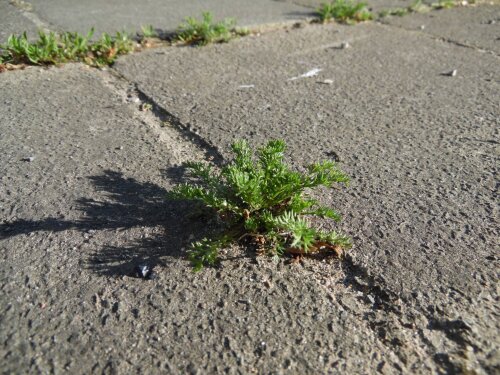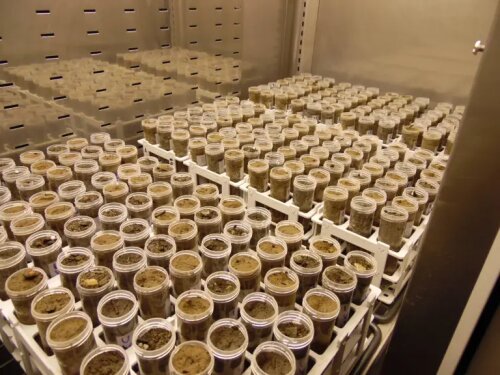Are non-native plants adapting to city life?
Strong variation in environmental conditions persists along urban-rural gradients (hot/dry vs. cool/moist). In his new paper, Charly Géron studied whether this results in natural selection within a species. Can populations of the same species that persist in urban environments perform better in warm and dry conditions than their populations that thrive in cool environments?
Together with his colleagues, among which Ivan Nijs and Jonas Lembrechts (Global Change Ecology Centre, research group Plants and Ecoystems), Charly studied pineappleweed (Matricaria discoidea), a tiny plant. They harvested seeds from several populations from urban and rural environments across Belgium, and put them in growth chambers with either urban or rural climate and/or soils.
So, what did they find? Most of the observed variation in performance was related to the conditions that relate to the mother plant (working through e.g. seed size). Overall, all different studied populations also showed substantial plasticity when subjected to different environments. Local adaptation, populations changing genetically as a result of the urban environment – could however not be found.

Pineappleweed in its favorite environment: cracks! (c) Charly Géron

Racks of tiny test tubes with seeds of pineapple weed – ready
to be subjected to urban climate conditions in the growth chamber. (c) Charly Géron